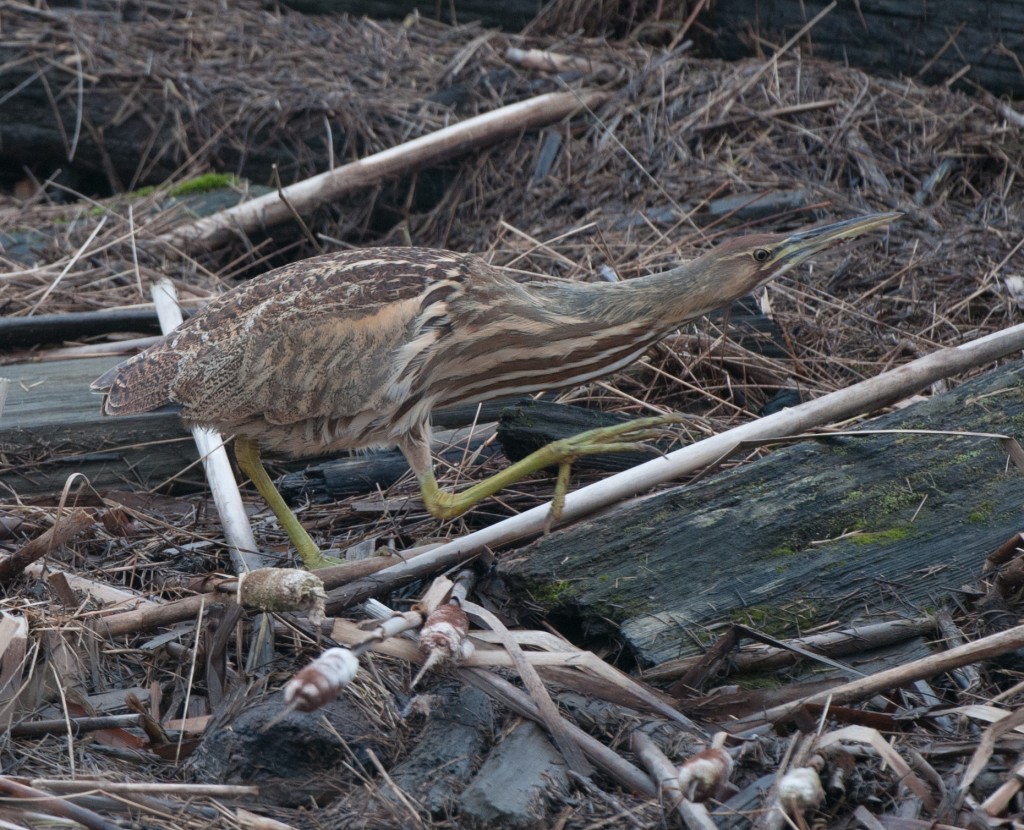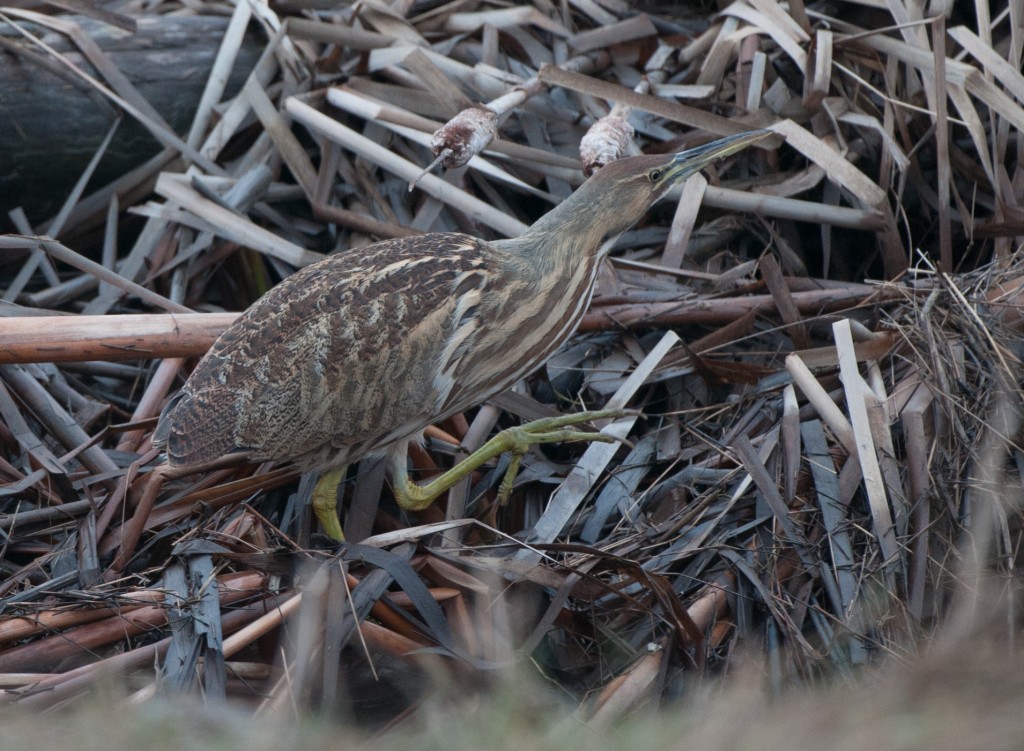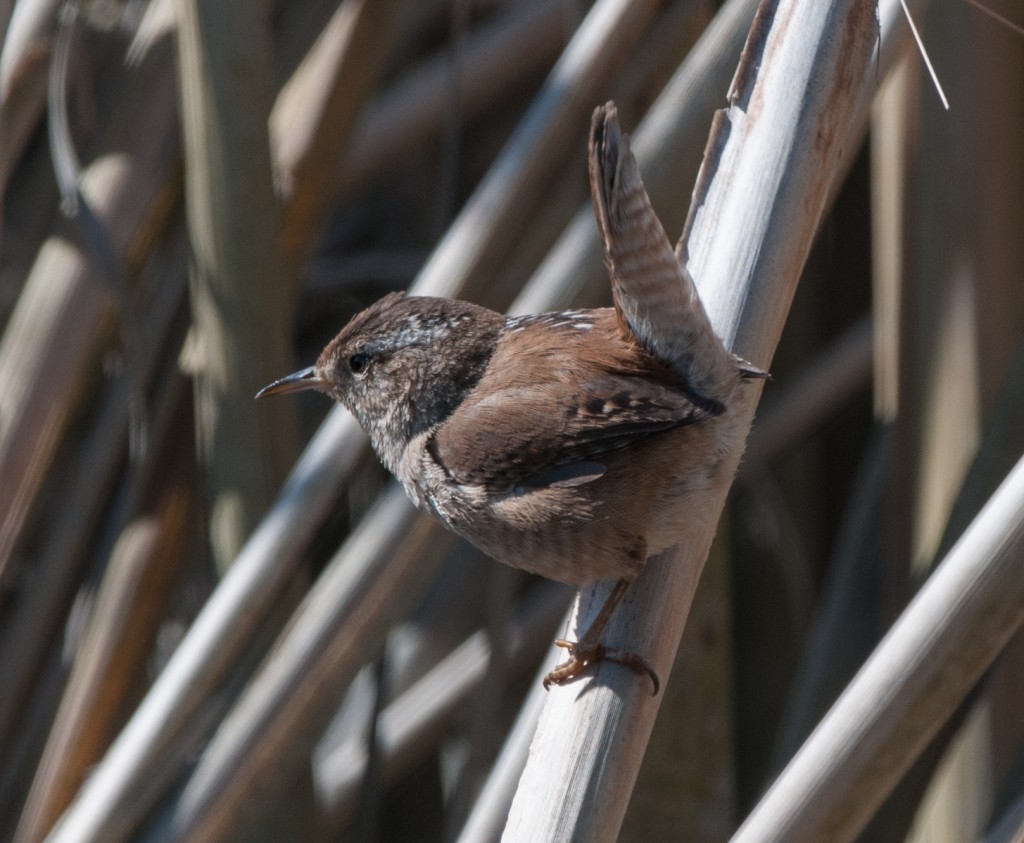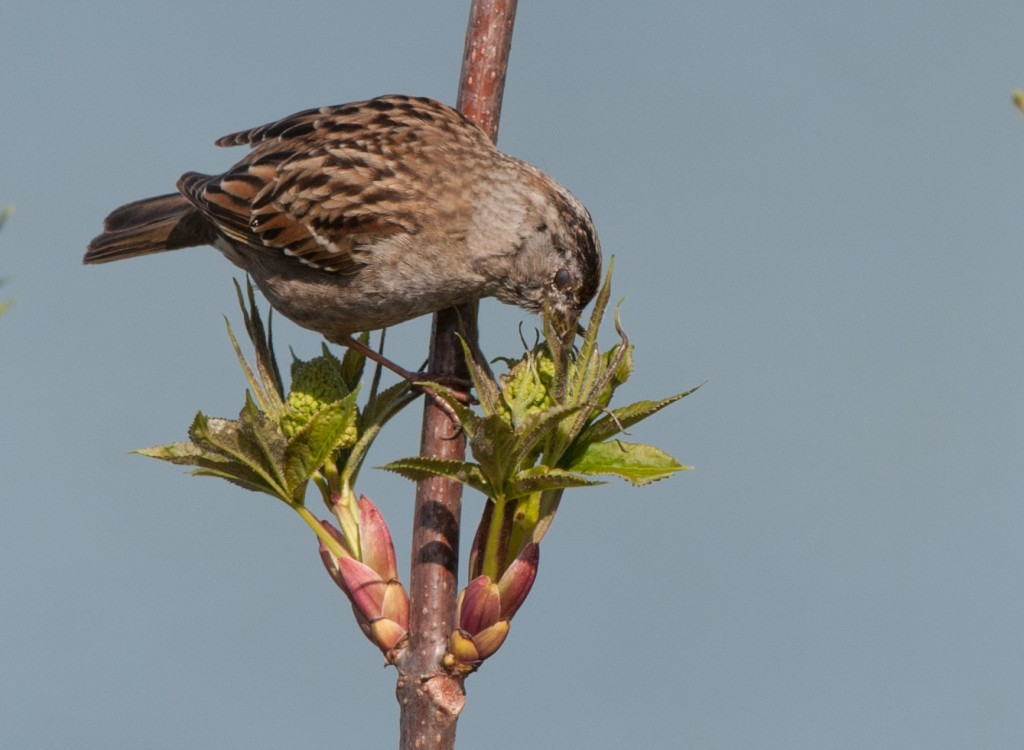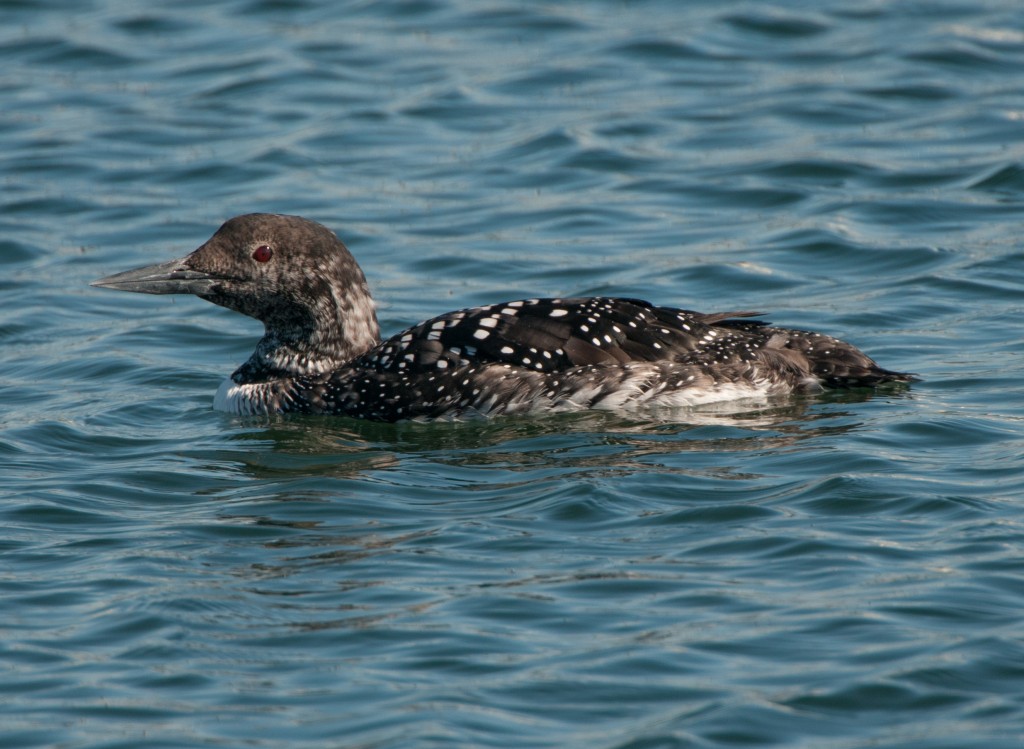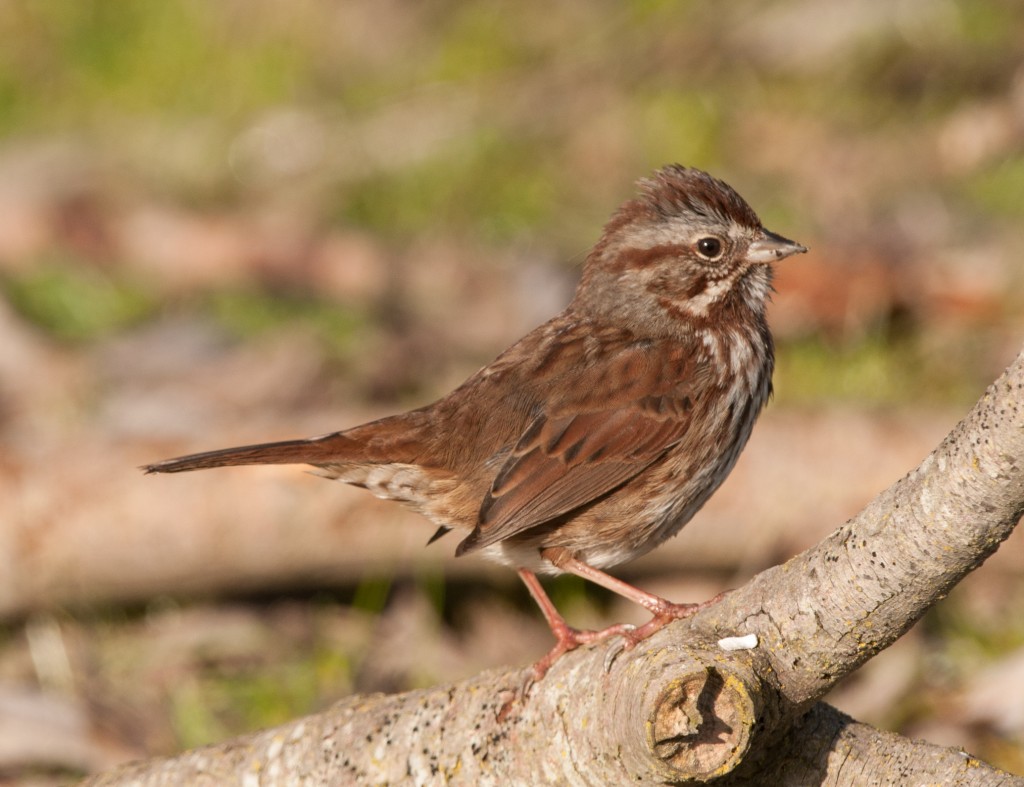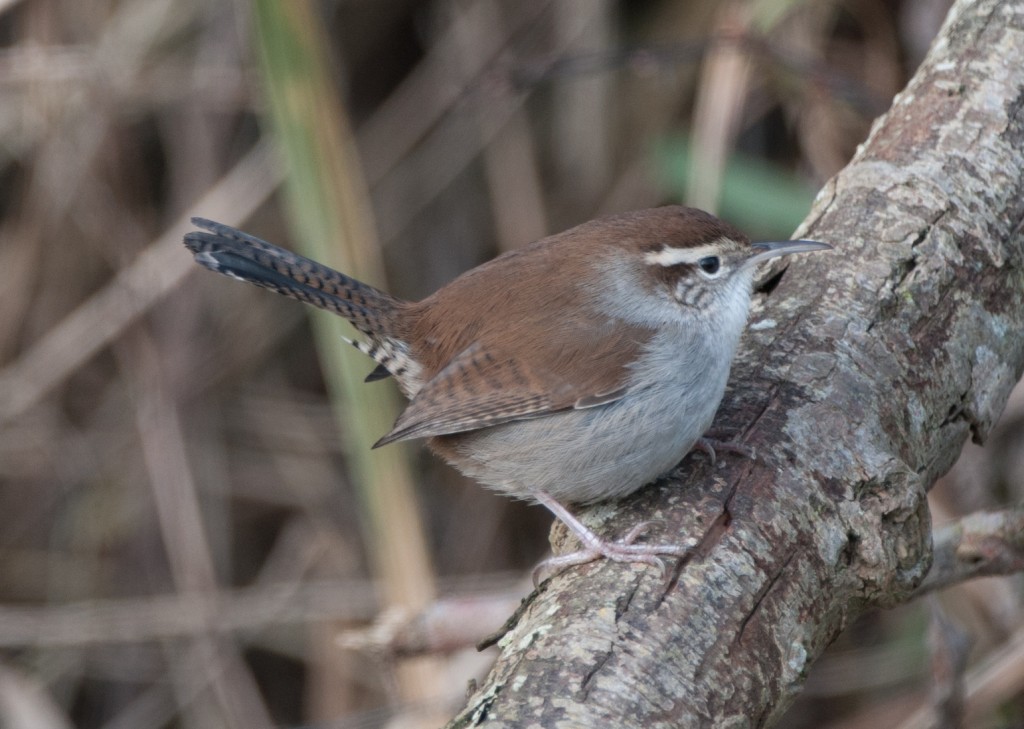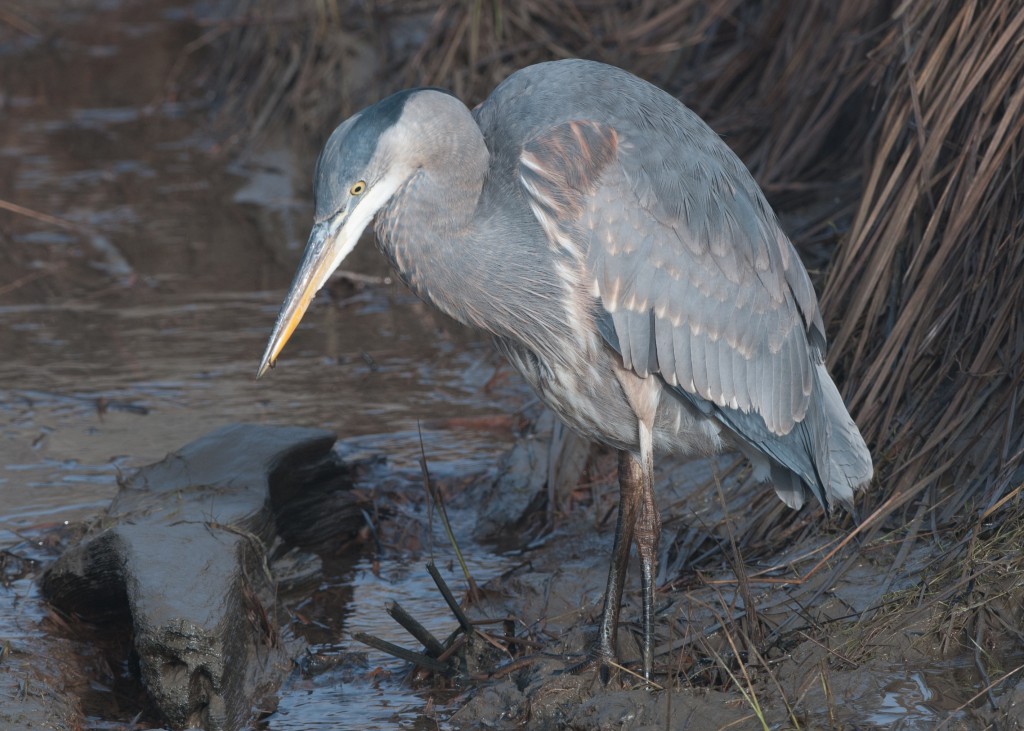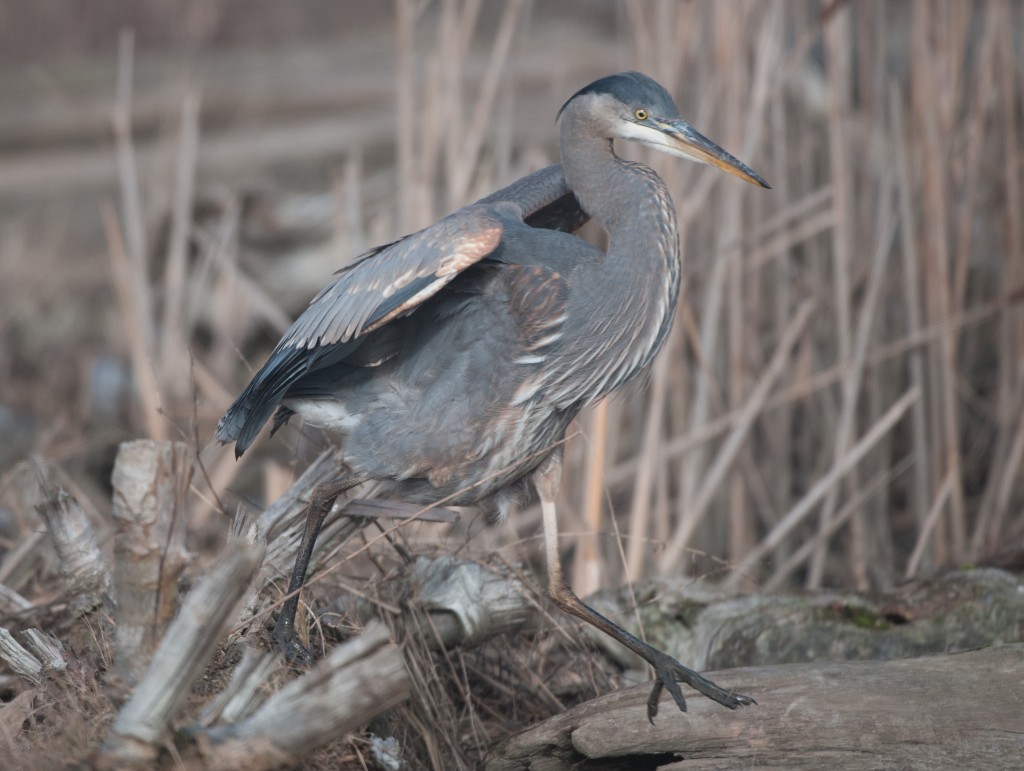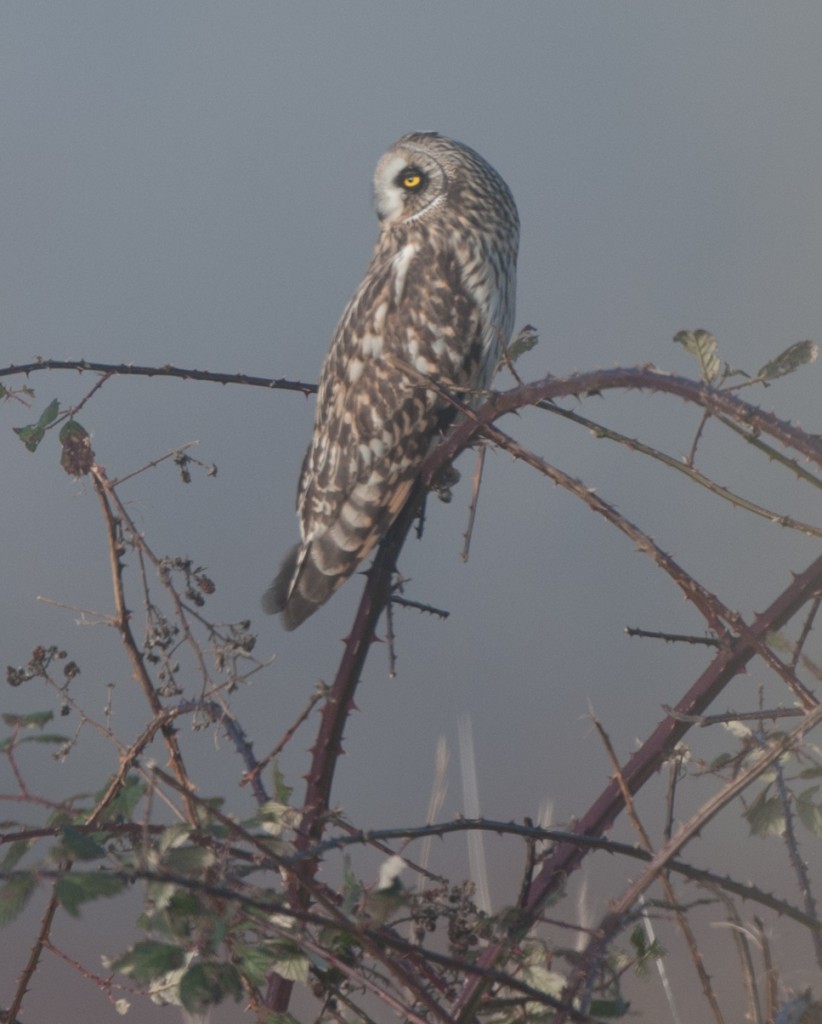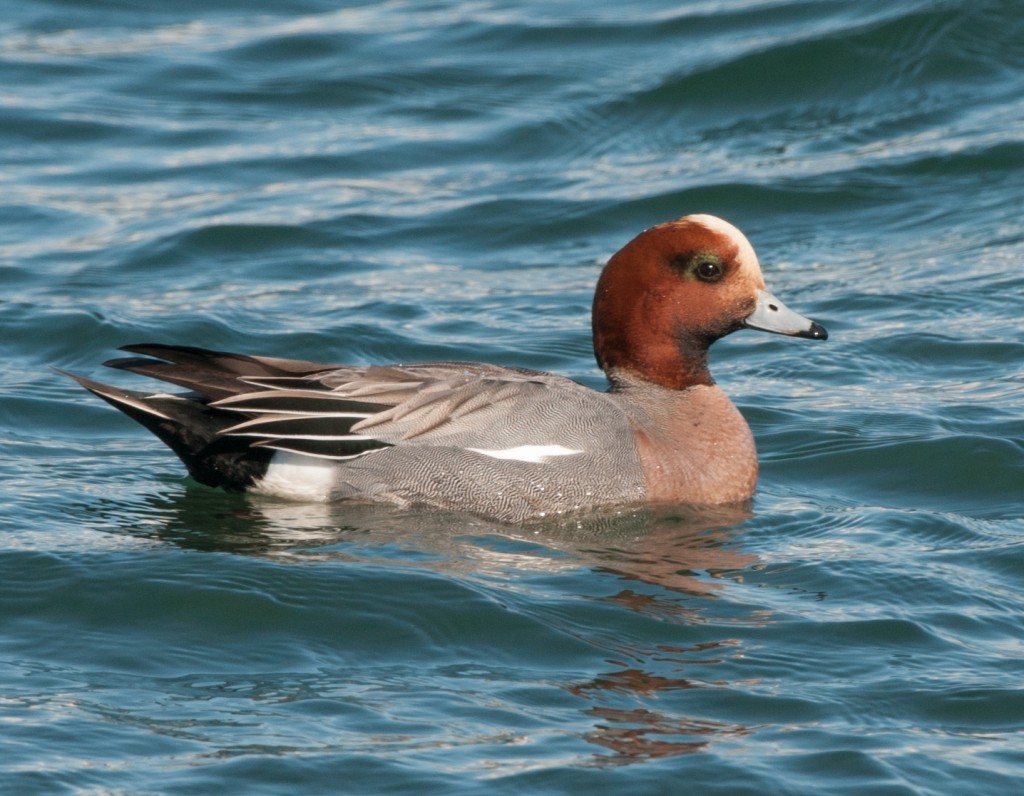Ahhh… the price we photographers pay!
As I mentioned in my previous post, I was made several trips to the Rawlin’s Road access in January and February trying to obtain some good photos of Short-eared owls. On one of my trips to the area I noted that the Short-eared owls seemed to be spending much more time in the large field to the north. I knew there would be a problem crossing the ditch near the access point, but I resolved on one of my visits to cross the ditch and venture across the field in hopes of getting closer to the owls.
I was carrying my camera with large lens mounted and also with my monopod mounted. This alone weighs about 13 pounds but in addition I was carrying my bag with photo equipment which probably weighs close to another 20-25 pounds. I found a place where the ditch wasn’t very wide… and attempted to jump across.
Instant disaster! In the first place I now have an artificial knee, and it doesn’t propel me well nor does it provide a very secure landing. I had failed to notice that my landing point had a considerable slope to it and was covered in some kind of ‘reedy’ vegetation which, especially when wet, provided a natural sliding surface. I sort of made it across the ditch, but as soon as I hit the other side I realized that I was off balance and needed to lean forward more. As I tried to shift my balance point my foot started slipping on the vegetation and I went down on one knee. I managed to protect my photographic gear but one of my feet slowly sank into the ditch! Those ditches out there are gross and I didn’t want any part of my body in them, but I was now past that point. I managed to drag myself up the bank and still protect my photographic gear, but I was a mess by the time I was able to stand.
They say that every cloud has a silver lining, but this cloud’s lining just happened to be gold! I walked just a couple of feet from where I had fallen in the ditch and flushed an American bittern. It didn’t fly very far and by some careful maneuvering I was able to obtain a few rather poor photos of it hiding in the reeds. If you’re a birder you know that this can be a very difficult bird to find due to their excellent camouflage for their habitat and their habit of freezing when anyone is in the vicinity.
So I was somewhat disappointed in the photos I obtained (I’m not displaying them here) BUT… I was now alerted to the fact that there was at least one bittern that probably frequented this area.
So about a week later I was in the same area and this time I was looking for the bittern. I didn’t have to look long or hard. I found the bittern completely out in the open where I had encountered the heron about a week previously. It immediately went into its ‘beak in the sky’ hiding pose… but it was completely in the open! Over the next hour or so I managed to photograph the bird at my leisure, and I even alerted other photographers in the area to the bird’s presence after it had moved from it’s open position. I probably took a hundred photos… some of which I’ll now share with you.
So the first three photos here are of the relatively rare sight of the secretive American bittern in the open…
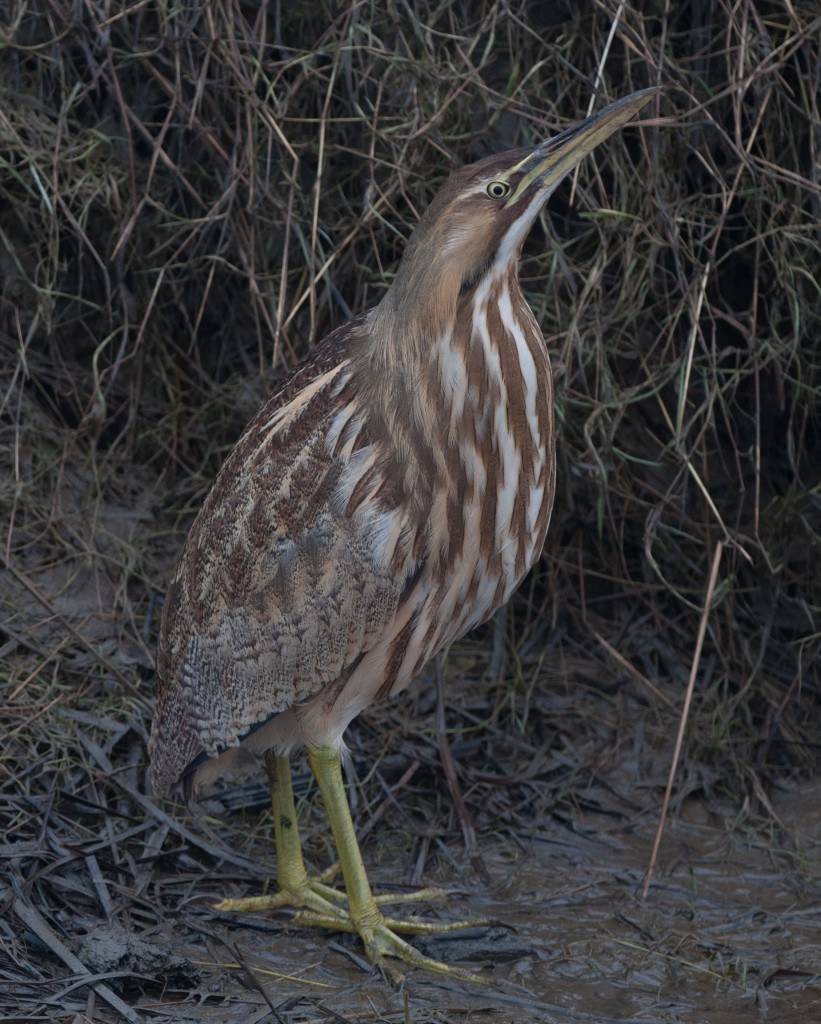
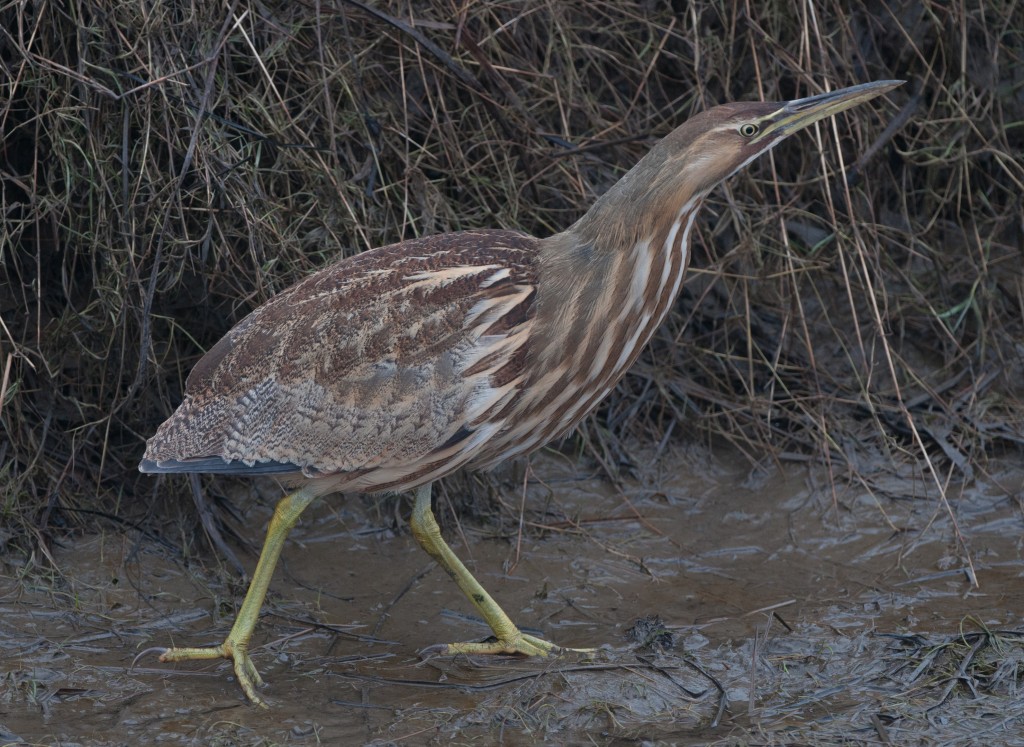
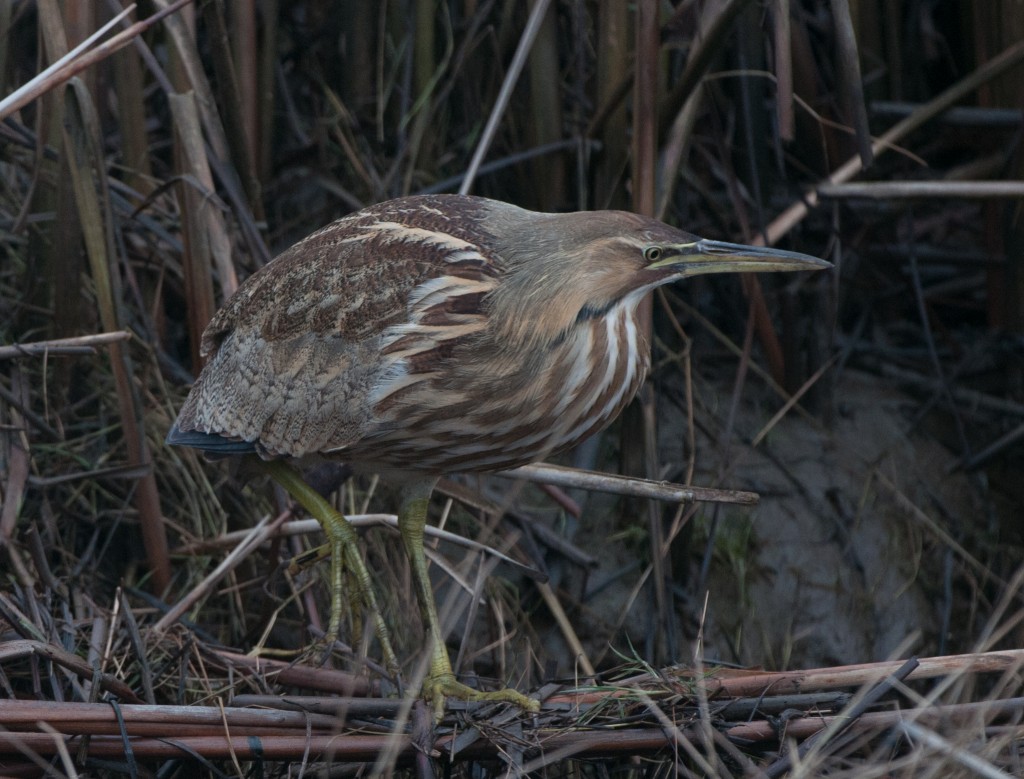
And finally, a couple of photos of what makes you appreciative of seeing this bird at all!
